![]()
![]()
![]()
Use LEFT and RIGHT arrow keys to navigate between flashcards;
Use UP and DOWN arrow keys to flip the card;
H to show hint;
A reads text to speech;
27 Cards in this Set
- Front
- Back
|
Because Earth's axis is tilted as it moves around the sun, Earth has |
seasons |
|
|
A lunar eclipse occurs during what phase |
full moon |
|
|
Tides are greatest when |
The Earth, sun and moon are in a straight line |
|
|
A solar eclipse occurs when |
The moon passes between the sun and Earth |
|
|
One complete revolution of Earth around the sun takes about |
365 days (1 year) |
|
|
Earth's rotation on its axis causes |
day & night |
|
|
Differences on how much the moon pulls on different parts of the Earth causes |
Tides |
|
|
Earth's rotation takes about |
24 hours (1 day) |
|
|
In the Southern Hemisphere, the summer solstice occurs when the sun is directly overhead at |
23.5 degrees south |
|
|
If neither end of Earth's axis is tilted torward or away from the sun what occurs |
equinox (spring & fall) |
|
|
You never see the far side of the moon because |
rotaion and revolution are about the same ( rotates about the same as the Earth) |
|
|
The amount of the lighted side of the moon you can see is the same during what phases |
3rd & 1st quarter |
|
|
When the sun's pull is at right angles to the moon you have |
Neap Tides |
|
|
The phase of the moon you see depends on |
The amount of sunlight on the moon |
|
|
How much light do you see from new moon phase to full moon phase |
it increases |
|
|
Describe the type of rays and lenghth of days North America would experience when the north end of Earth's axis is tilted toward the sun |
more direct rays and days will be longer |
|
|
About how much time passes between a new moon and full moon |
2 weeks |
|
|
From which direction is the sun shining on the first quarter phase |
the right |
|
|
During a full moon, where is the moon in relation to the Earth and sun |
between the Earth and sun |
|
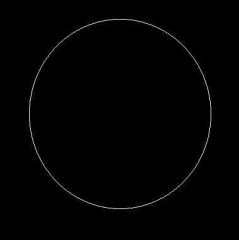
|
New moon |
|
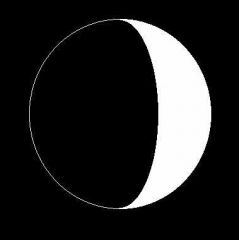
|
Waxing cresent |
|
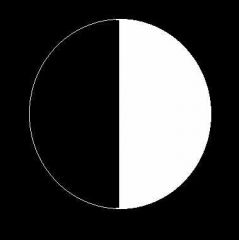
|
1st quarter |
|

|
Waxing gibbous |
|
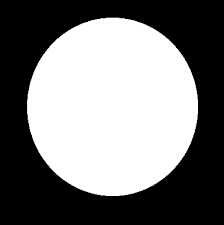
|
Full moon |
|
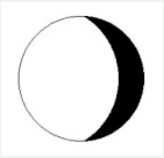
|
Waning gibbous |
|

|
3rd quarter (last quarter) |
|
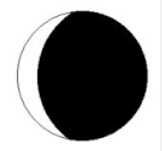
|
Wanning cresent |

